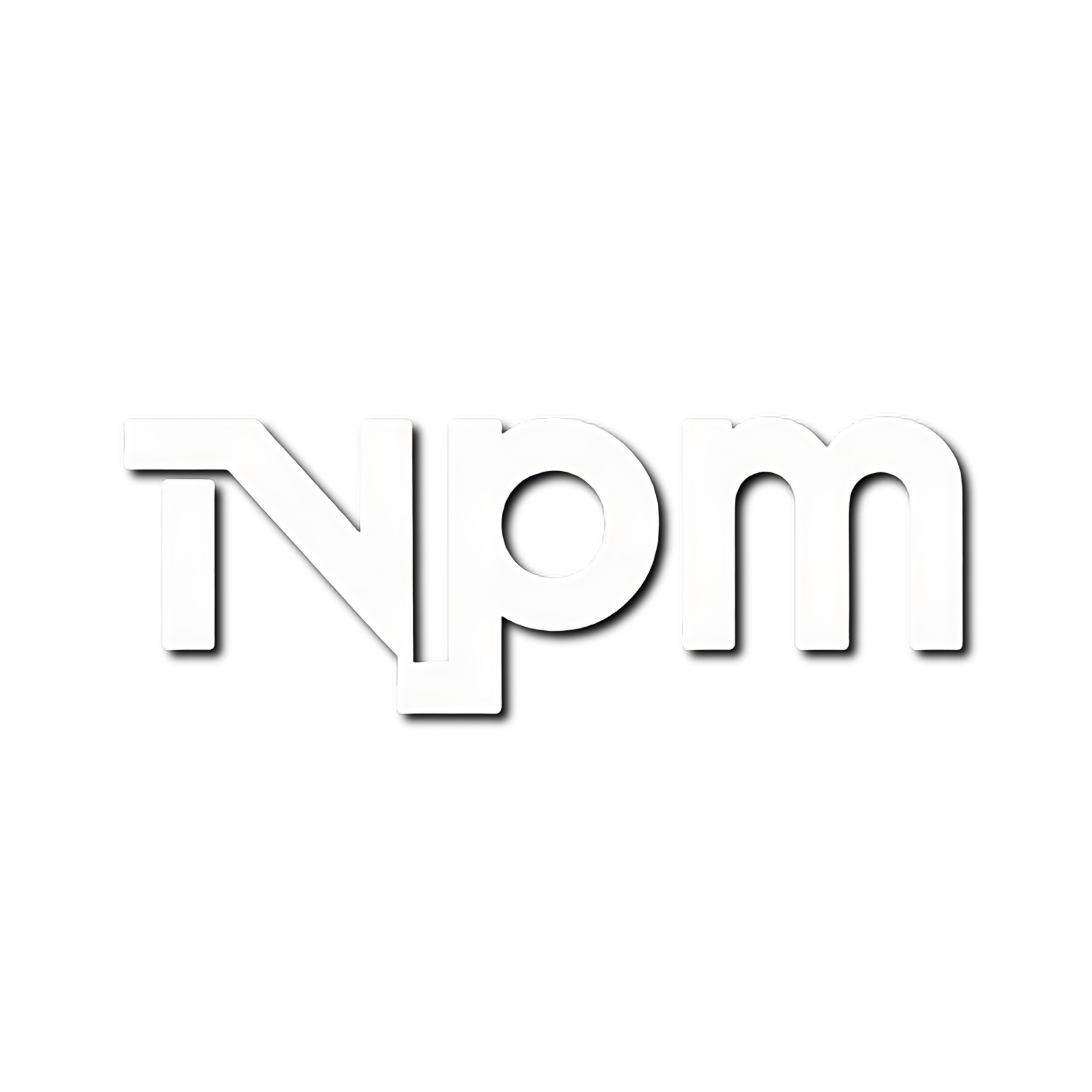Save for Brendan Shanahan’s exit, the offseason has been eerily quiet for the Toronto Maple Leafs. But that’s about to change. We can say that for sure with the draft and free agency right around the corner.
What does general manager Brad Treliving have in store? He met with the media on Thursday afternoon to discuss, among other things, Mitch Marner’s future, new contracts for Matthew Knies and John Tavares and Nick Robertson’s future with the Leafs.
On Marner’s future: “I’d probably describe it, unless there’s a significant change here, I would anticipate that he’s going to hit the market, and we’ll see where things go.”
What it means: Marner is leaving … surprise! It’s been a foregone conclusion for months now that Marner is headed elsewhere in free agency. There’s not much Treliving can say on the subject otherwise. He wouldn’t want to close the door entirely in case there is some last-minute change of heart from Marner (even if a breakup feels like it’s best for both parties).
Asked if the Leafs would meet with Marner on July 1, Treliving said, “We’ve had communications on a regular basis, so we’ll see how everything plays out.”
In other words, what’s the point?
On contract talks with John Tavares: “My hope is, until proven otherwise, that we’ll have a good outcome.”
What it means: Treliving reiterated that the Leafs want to keep Tavares and Tavares wants to keep being a Leaf. But still, more than a month after the end of the season, nearly a full year since the two teams could agree on a new deal, and with days to go until the start of free agency, the two sides haven’t agreed on the “two little stumbling blocks,” as Treliving put it, that hold up all contracts: Term and money.
The Leafs might be hoping for more term and, as a result, a lower cap hit. But for how long, and at what number, is palatable to Tavares? Does he even want to accept a six-year contract like Chris Tanev did if it robs him of the ability to grab one more contract down the line?
What’s the compromise here?
The Athletic’s Pierre LeBrun mused about the possibility of Tavares accepting a four-year deal, with a $5 million cap hit.
The Leafs would no doubt take that cap ticket on a three-year deal. Are they OK with a fourth year, though, when Tavares will be 38? Do they think that’s enough of a discount to make it worthwhile?

Can John Tavares and the Maple Leafs agree on a deal this summer? (Stephen R. Sylvanie / Imagn Images)
Can they get that number down closer to the $4.5 million ticket that came with Matt Duchene’s four-year deal? What if $5 million is as low as Tavares will go? Are the Leafs prepared to walk away? Is Tavares prepared to leave home?
Who budges first here, if at all? As Treliving noted, “Obviously with John, there’s a deadline.”
On the Matthew Knies offer sheet possibility: “We want to make sure we’re protected.”
What it means: The Leafs need to ensure they keep (or can clear) enough cap space to keep Knies if he signs an offer sheet on July 1. In other words, they need to ensure, with whatever they do (free agency or trade), they have the means to keep their emerging power forward.
How much space is that, even — $7 million, $8 million, more? And what’s too much? What’s the number on an offer sheet that would have the Leafs walk away from Knies?
An offer sheet with an AAV between $7,020,113 and $9,360,153 would net the Leafs picks in the first, second and third round, which feels like nothing for a player of Knies’ age (22) and upside, though there’s the added cap space too.
Anything above that $9.3 million threshold and the return would be two firsts, one second and a third. Still feels a tad light, given Knies’ importance to the Leafs, especially in the present and also in the future when he might become a star. But that’s also a pretty hefty chunk of money for someone who had 58 points last season. (Anything at $9 million and beyond, and the Leafs probably get squeamish.)
Of crucial importance concerning the picks in that scenario: Which team is it? Is it a bottom-feeder? A middle-of-the-road squad?
Knies has to sign with the team in question, which means he has to be prepared to leave the Leafs, where he has a comfy spot on the first line next to Auston Matthews.
Is he willing to do that if he can’t get what he’s looking for from the Leafs?
Even if things crept into uncomfortable territory for the Leafs via an offer sheet, more than they’ve cushioned for that is, they could always dump contracts (David Kämpf? Calle Järnkrok? Max Domi?) and create space that way.
They may do so anyway.
On trading away prospects and picks: “In a general comment, I’d say we’re open to everything. But again, it’s gotta make sense. So we’re not just going to shuffle out a prospect for the sake of a prospect, but yeah, we’re looking at all sorts of scenarios. At the end of the day, it’s gotta fit from a roster standpoint, dollar standpoint and value standpoint.”
What it means: On the one hand, what can Treliving say? The Leafs have very limited means to make a trade. Their most tradable stuff, the stuff they would be prepared to part with and would have some value: Prospects and picks. Then again, that pool is quite thin at the moment. The Leafs don’t have a first-round pick in the upcoming draft, or the one after that, or the one after that. Their best pick in the near future is the second-rounder they hold this weekend.
Are they willing to give up more of the future in the name of the present? Would that include Easton Cowan, their top prospect?
According to Treliving, the answer is, tentatively, yes. And it kinda has to be. The Leafs have Matthews under contract for only three more seasons. Their window to keep pushing in is now. This team has major holes to fill, and free agency offers solutions only to some of them. Any and all futures have to be on the table — depending, of course, on what’s coming back.
Treliving did suggest that his team is more likely to trade down from their top pick (64th overall) than trade up.
On Max Pacioretty’s desire to keep playing: “I think so. I do. I believe that he does.”
What it means: The question now is whether Pacioretty wants to continue his career as a Leaf and if it’s at a price that’s suitable to the Leafs.
Pacioretty was coming off a rocky, injury-plagued season when he signed a PTO and later a one-year deal with the Leafs last fall. After a so-so regular season, with some injuries mixed in, Pacioretty was among the team’s best players in the playoffs. He finished fourth on the team with eight points, one more than Knies and Tavares. What kind of deal, if it’s in Toronto, is the 36-year-old looking for now? And does it suit the Leafs, given that he is probably best suited to limited regular-season usage to be as fresh as possible in the playoffs? Where do they slot him in if he returns?
If it’s a one-year deal for, say, $1 million, it’s probably worth the team’s while to keep him around.
On Nick Robertson’s fit with the Leafs: “Again, we’re June whatever we are. So the puzzle’s gotta come into place, but I think Nick’s a good player. He’s still a young player, he’s still an evolving player, but he’s got a skill set — he shoots it in the net. That’s a good skill set to have. We’ll see how it all plays out.”
What it means: Robertson requested a trade last summer, didn’t get it, signed a one-year contract, and was largely ineffective in a still-limited role. He got into only three playoff games for Craig Berube. And now he needs a new contract once more, only this time he has arbitration rights on his side. His future almost certainly lies elsewhere. The Leafs probably want to keep open the possibility that he returns, just in case they don’t come up with enough in free agency or trade and want to keep Robertson around. That, and/or lacklustre trade offers. They could always try to deal him after they’ve got a better read on their forward group, that is.
Then again, what if they can’t? Are they prepared to bring Robertson back yet again?
The situation feels very similar to what happened last summer with Timothy Liljegren, when the team tried to trade Liljegren before qualifying offers were due, didn’t, and then (amid arbitration fears) agreed to sign him to a two-year contract. Liljegren quickly lost Berube’s confidence and was dealt to San Jose.
All of which is to say the Leafs might want to avoid boxing themselves in with a player who doesn’t fit the stylings of their coach and who might (definitely?) like an opportunity elsewhere. But what do they do? To not qualify Robertson would be to give him away for nothing. And what if they do end up needing a third-liner who can score a bit?
(Top photo of Matthew Knies: Nick Turchiaro / Imagn Images)


Leave a Reply